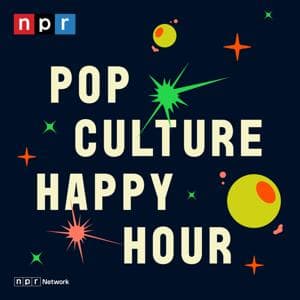Maximum Overdrive is a 1986 American horror film written and directed by Stephen King, in his only directorial effort. The film stars Emilio Estevez, Pat Hingle, Laura Harrington, John Short, Yeardley Smith and Christopher Murney. The screenplay was inspired by and loosely based on King's short story "Trucks", which was included in the author's first collection of short stories, Night Shift, and follows the events after all machines (including trucks, radios, arcade games, vending machines, etc.) become sentient when Earth crosses the tail of a comet, initiating a worldwide killing spree.
The film is King's only directorial effort, though dozens of films have been based on his novels or short stories. It contained black humor elements and a generally campy tone, which contrasts with King's somber subject matter in books. The film has a mid-1980s hard rock soundtrack composed entirely by the group AC/DC (King's favorite band), whose album Who Made Who was released as the Maximum Overdrive soundtrack. It includes the best-selling singles "Who Made Who", "You Shook Me All Night Long", and "Hells Bells".
Maximum Overdrive was theatrically released on July 25, 1986, to critical and commercial failure. It was nominated for two Golden Raspberry Awards including Worst Director for King and Worst Actor for Estevez in 1987, but both lost to Prince for Under the Cherry Moon. King disowned the film, describing it as a "moron movie", and considered the process a learning experience, after which he intended never to direct again.
Disclaimer: The following may contain offensive language, adult humor, and/or content that some viewers may find offensive – The views and opinions expressed by any one speaker does not explicitly or necessarily reflect or represent those of Mark Radulich or W2M Network.
Mark Radulich and his wacky podcast on all the things:
https://linktr.ee/markkind76
also
https://www.teepublic.com/user/radulich-in-broadcasting-network
FB Messenger: Mark Radulich LCSW
Tiktok: @markradulich
twitter: @MarkRadulich
Instagram: markkind76
RIBN Album Playlist: https://suno.com/playlist/91d704c9-d1ea-45a0-9ffe-5069497bad59






















